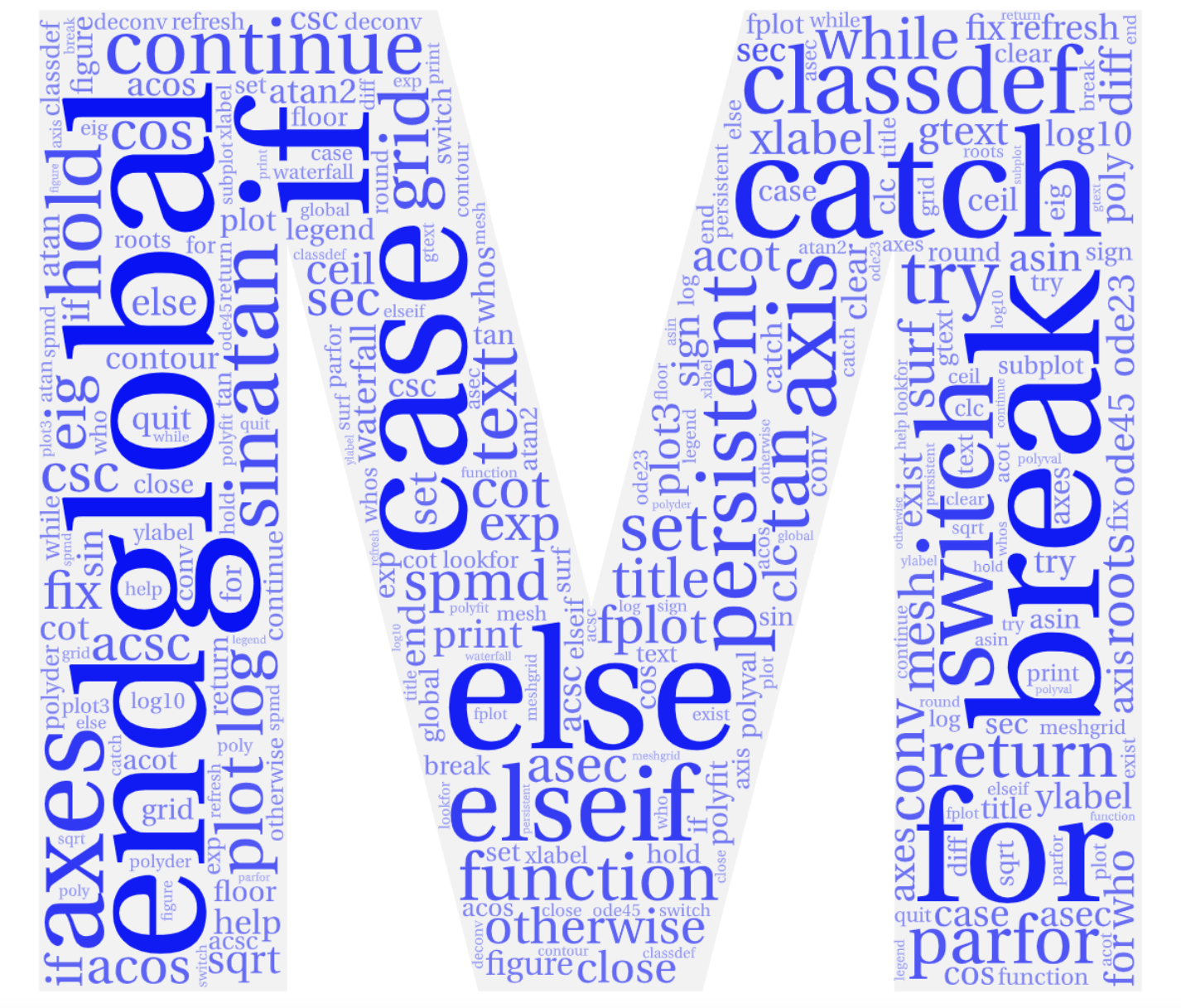Skip to main content
Contents Index Dark Mode Prev Up Next \(\newcommand{\N}{\mathbb N}
\newcommand{\Z}{\mathbb Z}
\newcommand{\Q}{\mathbb Q}
\newcommand{\R}{\mathbb R}
\newcommand{\lt}{<}
\newcommand{\gt}{>}
\newcommand{\amp}{&}
\definecolor{fillinmathshade}{gray}{0.9}
\newcommand{\fillinmath}[1]{\mathchoice{\colorbox{fillinmathshade}{$\displaystyle \phantom{\,#1\,}$}}{\colorbox{fillinmathshade}{$\textstyle \phantom{\,#1\,}$}}{\colorbox{fillinmathshade}{$\scriptstyle \phantom{\,#1\,}$}}{\colorbox{fillinmathshade}{$\scriptscriptstyle\phantom{\,#1\,}$}}}
\)
Section 4.3 Scalar Multiplication
In linear algebra, scalar multiplication allows us to multiply an array by a number. This simply means that each element of the array is multiplied by that one number.
In MATLAB, this operation is performed by simply using the
* operator. Take a look at this example:
>> A = [8 5 3; 1 2 5];
>> B = -2 * A
You can see that each element of A is simply multiplied by the scalar (in this example: -2).
Activity 4.1 .
Create the following three matrices:
\begin{equation*}
A =
\begin{bmatrix}
2 & 4 & -1\\
3 & 1 & -5\\
0 & 1 & 4
\end{bmatrix}, \;
B =
\begin{bmatrix}
-2 & 5 & 0\\
-3 & 2 & 7\\
-1 & 6 & 9
\end{bmatrix}, \;
C =
\begin{bmatrix}
0 & 3 & 5\\
2 & 1 & 0\\
4 & 6 & -3
\end{bmatrix}
\end{equation*}
Is
\(A + B = B + A\text{?}\)
Activity 4.2 .
Create the following three matrices:
\begin{equation*}
A =
\begin{bmatrix}
2 & 4 & -1\\
3 & 1 & -5\\
0 & 1 & 4
\end{bmatrix}, \;
B =
\begin{bmatrix}
-2 & 5 & 0\\
-3 & 2 & 7\\
-1 & 6 & 9
\end{bmatrix}, \;
C =
\begin{bmatrix}
0 & 3 & 5\\
2 & 1 & 0\\
4 & 6 & -3
\end{bmatrix}
\end{equation*}
Is
\(5(A + C) = 5A + 5C\text{?}\)
Activity 4.3 .
Create the following three matrices:
\begin{equation*}
A =
\begin{bmatrix}
2 & 4 & -1\\
3 & 1 & -5\\
0 & 1 & 4
\end{bmatrix}, \;
B =
\begin{bmatrix}
-2 & 5 & 0\\
-3 & 2 & 7\\
-1 & 6 & 9
\end{bmatrix}, \;
C =
\begin{bmatrix}
0 & 3 & 5\\
2 & 1 & 0\\
4 & 6 & -3
\end{bmatrix}
\end{equation*}
Is
\(A\times (B + C) = A\times B + A\times C\text{?}\)
Activity 4.4 .
Create the following three matrices:
\begin{equation*}
A =
\begin{bmatrix}
2 & 4 & -1\\
3 & 1 & -5\\
0 & 1 & 4
\end{bmatrix}, \;
B =
\begin{bmatrix}
-2 & 5 & 0\\
-3 & 2 & 7\\
-1 & 6 & 9
\end{bmatrix}, \;
C =
\begin{bmatrix}
0 & 3 & 5\\
2 & 1 & 0\\
4 & 6 & -3
\end{bmatrix}
\end{equation*}
Is
\(A\times B = B\times A\text{?}\)
Activity 4.5 .
Create the following three matrices:
\begin{equation*}
A =
\begin{bmatrix}
2 & 4 & -1\\
3 & 1 & -5\\
0 & 1 & 4
\end{bmatrix}, \;
B =
\begin{bmatrix}
-2 & 5 & 0\\
-3 & 2 & 7\\
-1 & 6 & 9
\end{bmatrix}, \;
C =
\begin{bmatrix}
0 & 3 & 5\\
2 & 1 & 0\\
4 & 6 & -3
\end{bmatrix}
\end{equation*}
Is
\((A\times B)^T = B^T\times A^T\text{?}\)
Activity 4.6 .
Create the following three matrices:
\begin{equation*}
A =
\begin{bmatrix}
2 & 4 & -1\\
3 & 1 & -5\\
0 & 1 & 4
\end{bmatrix}, \;
B =
\begin{bmatrix}
-2 & 5 & 0\\
-3 & 2 & 7\\
-1 & 6 & 9
\end{bmatrix}, \;
C =
\begin{bmatrix}
0 & 3 & 5\\
2 & 1 & 0\\
4 & 6 & -3
\end{bmatrix}
\end{equation*}
Is
\((A\times B)\times C = A\times (B\times C)\text{?}\)
Activity 4.7 .
Create the following three matrices:
\begin{equation*}
A =
\begin{bmatrix}
2 & 4 & -1\\
3 & 1 & -5\\
0 & 1 & 4
\end{bmatrix}, \;
B =
\begin{bmatrix}
-2 & 5 & 0\\
-3 & 2 & 7\\
-1 & 6 & 9
\end{bmatrix}, \;
C =
\begin{bmatrix}
0 & 3 & 5\\
2 & 1 & 0\\
4 & 6 & -3
\end{bmatrix}
\end{equation*}
Is
\((A+B)^T = A^T + B^T\text{?}\)

